Filter News
Area of Research
Media Contacts
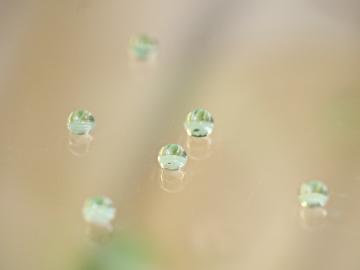
Samsung Electronics has exclusively licensed optically clear superhydrophobic film technology from the Department of Energy’s Oak Ridge National Laboratory to improve the performance of glass displays on smartphones, tablets and other electronic devices.
O...
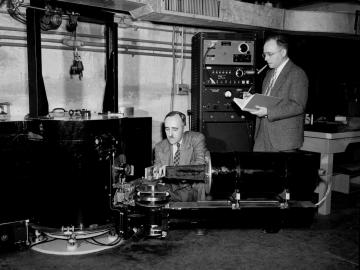
The Spallation Neutron Source marks a decade as a leading neutron science facility today at the Department of Energy's Oak Ridge National Laboratory.
“The Spallation Neutron Source has opened neutron scattering science to a new generation of researchers at a ti...
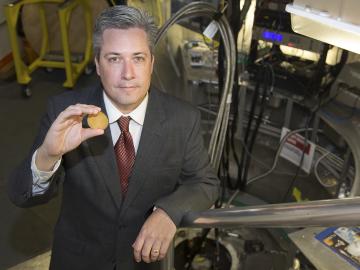
The lighter wand for your gas BBQ, a submarine’s sonar device and the ultrasound machine at your doctor’s office all rely on piezoelectric materials, which turn mechanical stress into electrical energy, and vice versa. In 1997, researchers developed piezoelectric...
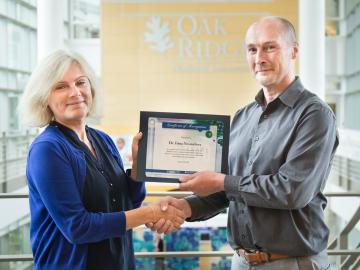
In August, the High Flux Isotope Reactor and the Spallation Neutron Source—both U.S. Department of Energy Office of Science User Facilities at DOE’s Oak Ridge National Laboratory—reached a milestone with the arrival of Irina Nesmelova, the facilities’ 20,000th user.
“We ...
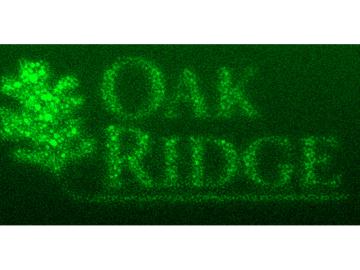
Scientists at the Department of Energy’s Oak Ridge National Laboratory are the first to harness a scanning transmission electron microscope (STEM) to directly write tiny patterns in metallic “ink,” forming features in liquid that are finer than half the width of a hum...
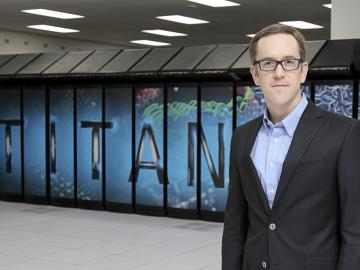
The US Department of Energy announced today that it will invest $16 million over the next four years to accelerate the design of new materials through use of supercomputers.
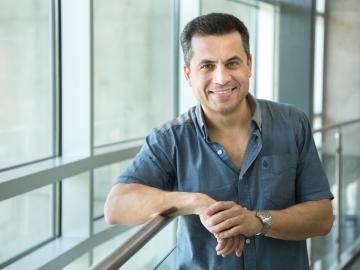
Theory and experiment push each other to expand the frontiers of physics. Now, the Neutron Sciences Directorate at the Department of Energy’s Oak Ridge National Laboratory has both.
Cristian Batista, a theoretical condensed matter physicist with a joint appointment at ORNL and th...
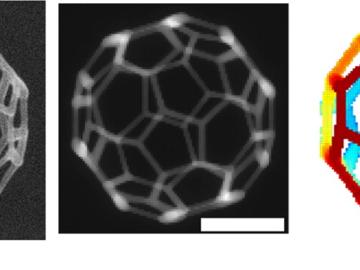
Designing a 3-D printed structure is hard enough when the product is inches or feet in size. Imagine shrinking it smaller than a drop of water, smaller even than a human hair, until it is dwarfed by a common bacterium.
This impossibly small structure can be made a reality with fo...
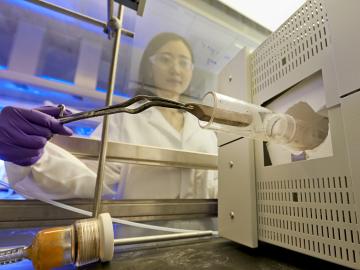
A team of scientists led by the Department of Energy’s Oak Ridge National Laboratory has developed a novel way to produce two-dimensional nanosheets by separating bulk materials with nontoxic liquid nitrogen. The environmentally friendly process generates a 20-fold ...
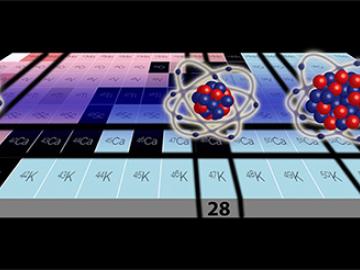
A multi-institution team led by Oak Ridge National Laboratory’s Gaute Hagen used computation to corroborate experimental findings throwing calcium-52’s status as a magic isotope into question.




